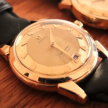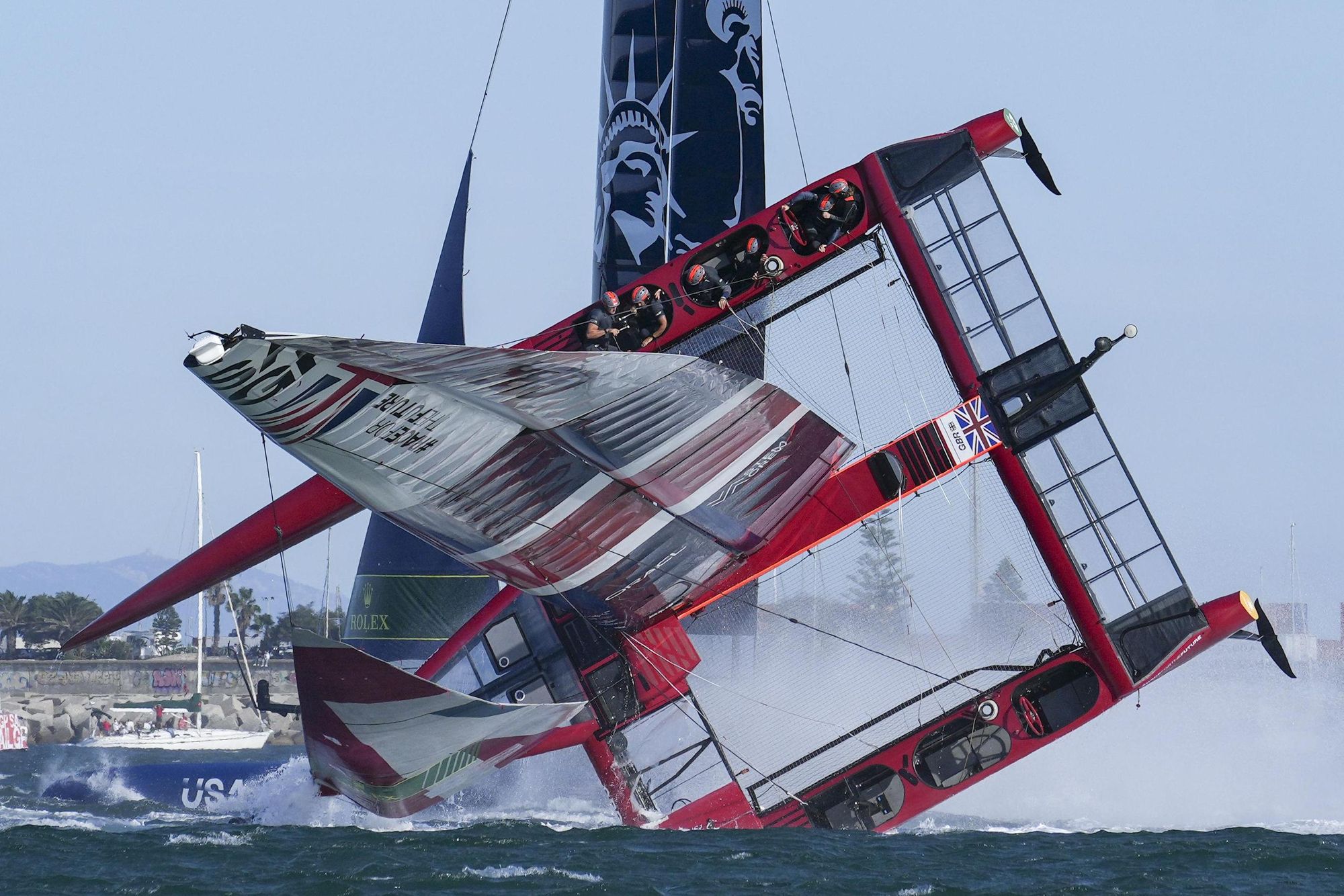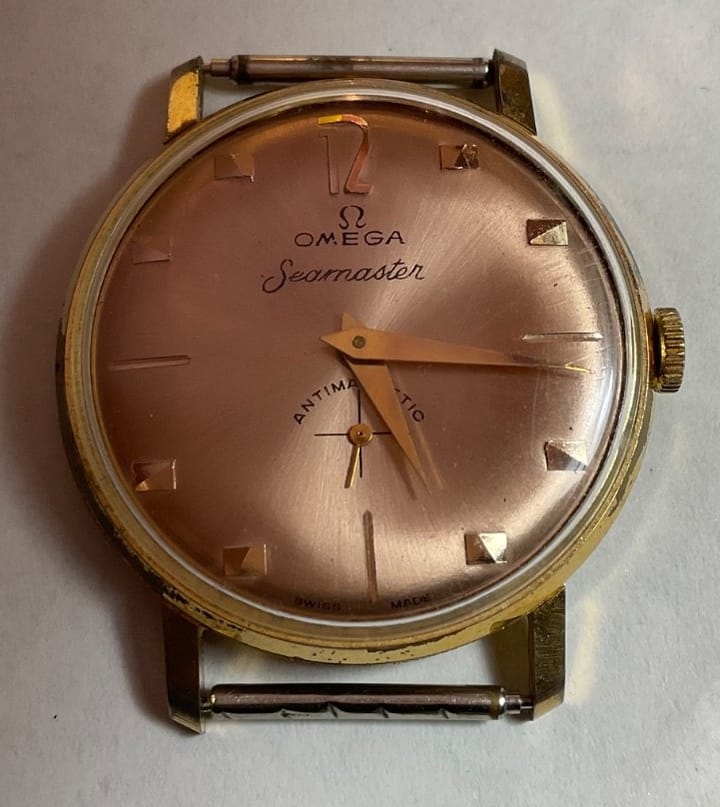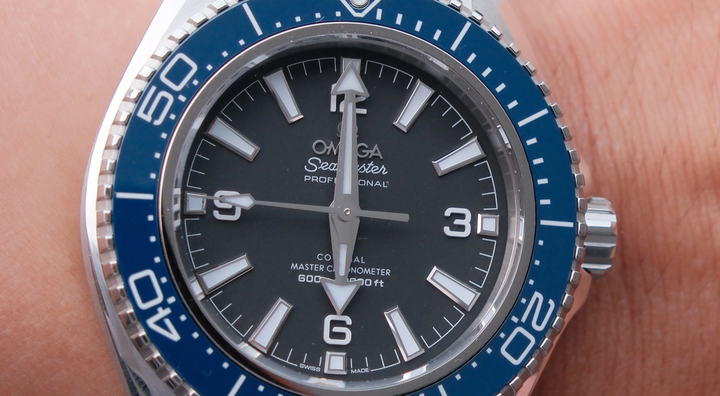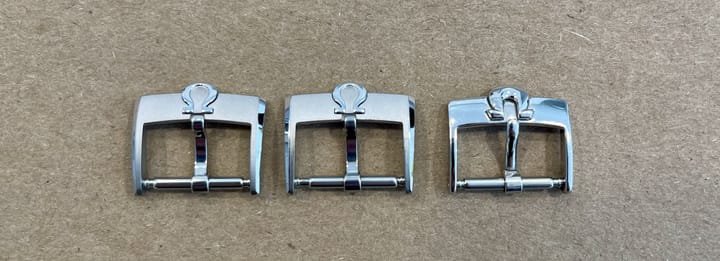Everyone loves tool watches, especially men that sit behind a desk. They give the opportunity to express ourselves on our wrist and show some personality while wearing a suit. Yet some tool watches are more theatre than practicality, with Regatta watches among the worst offenders.
I never got to sail at the professional level, although it was something I very much dreamed of doing as a young man. I watched 18-foot skiffs, America's cup, The Ocean Race, the Sydney to Hobart, but my passion was team racing which was very popular among high school age students.
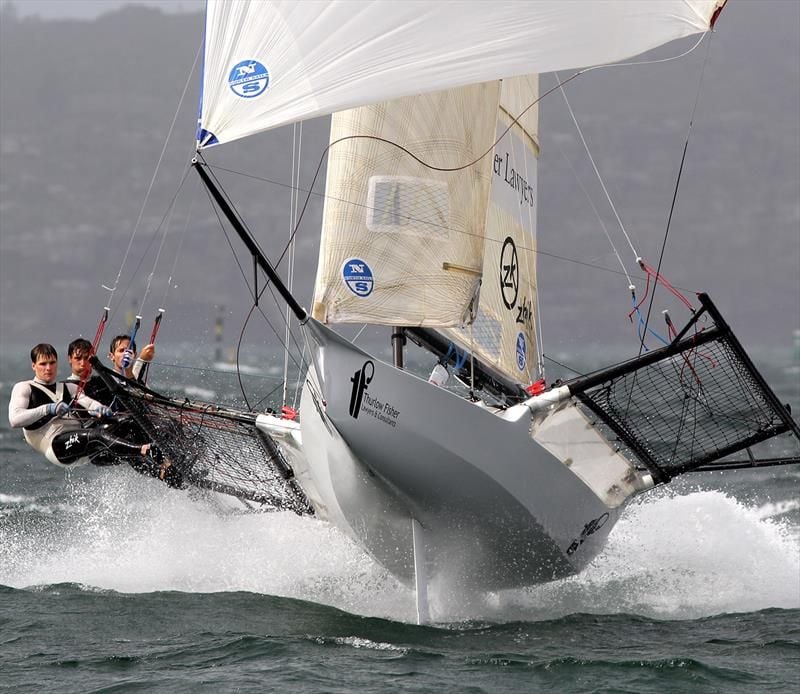
I was lucky enough to go to a school with the best sailing program in the country, the best boats, coaches, equipment, everything, and I got into that school not based on my grades but based on my sailing results. I took it seriously, so did my mates, and a couple of the guys I sailed with competed at the highest levels of the sport.
Even as young men, we were looking for every advantage, we wanted the best gear. One kid got polaroid Oakleys, and a few months later we're all wearing those Oakleys. One kid gets these awesome high grip, flexible boots, all of us are wearing them pretty soon. Watches were no different, and sailing is how I first got into watches and began to appreciate them. A good watch that does what you need it to do, especially for race starts, stands up to abuse, and lets you focus on running the boat and tactical positioning can make a big difference, and every one of us wanted that.
Team Racing - Chess on the Water, with Cheating
On the surface, team racing is simple. Two teams, three boats on each, racing around a set course. You add your team's finishing positions together and the team with 10 points or less wins. It is a team sport though, if you come first and your teammates come fourth and sixth, you lose.
This is where the rules of sailing come in, if you are on starboard tack and your opponent is on port, they have to give way, even if you're turning into them or deliberately getting in their way or blocking. If you're the leeward boat, you can push the windward boat up into the wind, robbing them of power and speed until they're going nowhere.
If the boat that doesn't have right of way makes contact, or if you hit a marker, or force a boat that had right of way to avoid a collision, you have a choice:
Option one, you do a 360-degree turn as your penalty and get on your way.
Option two, you pretend it didn't happen, hope the umpire didn't see and keep going, but if you get caught, your penalty is doubled by the umpire to a 720-degree turn.
If the umpires didn't see it, and you go for option two, you get away with it. Cheating works and can even win you races if you're smart about it.
It's worth watching the video above to appreciate what a team race actually looks like. The entire race is a melee, with boats shouting "STARBOARD" "KEEP CLEAR" along with a lot of swearing. This is even more true right at the start line, where races tend to be won or lost.
At the start, you want to cross the line with a full head of speed, a split second after the starting horn goes off, in ideal position to not be interfered with by an opponent. That means you need to have your final turn back to the line planned out and timed to absolute perfection because if you go over and jump the start, that's a penalty too.
You also have 5 other boats crowding the line, each with their own plan and three of them are out to get you, while umpires are staring you down making sure you don't miss a mark or make an infraction. There's so much going on and you don't have time to eyeball a small sub-dial and count off minute hashes or keep checking it while you're watching and managing so many things at once.
This is where a good watch gives you an edge, it helps you plan, lets you keep your eyes focused on the water and your positioning. Forgetting to wear my watch on race day would likely cost my team wins, plain and simple.
Boats & Salt Water Destroy Watches
Sailing is violent, you will get bruised, cut up, occasionally get a sliver of fiberglass stuck in your hand or foot. There are so many moving parts made of metal and composites that it is impossible to avoid them all.
In my final years racing, the go-to watch was Citizen's line of digital sailing models, in no small part because the 18-foot skiff sailors all had them. They had excellent countdown timers with large graphical representations of the time remaining and small interval beeps to help you as the start approached. They were very good watches for all intents and purposes.
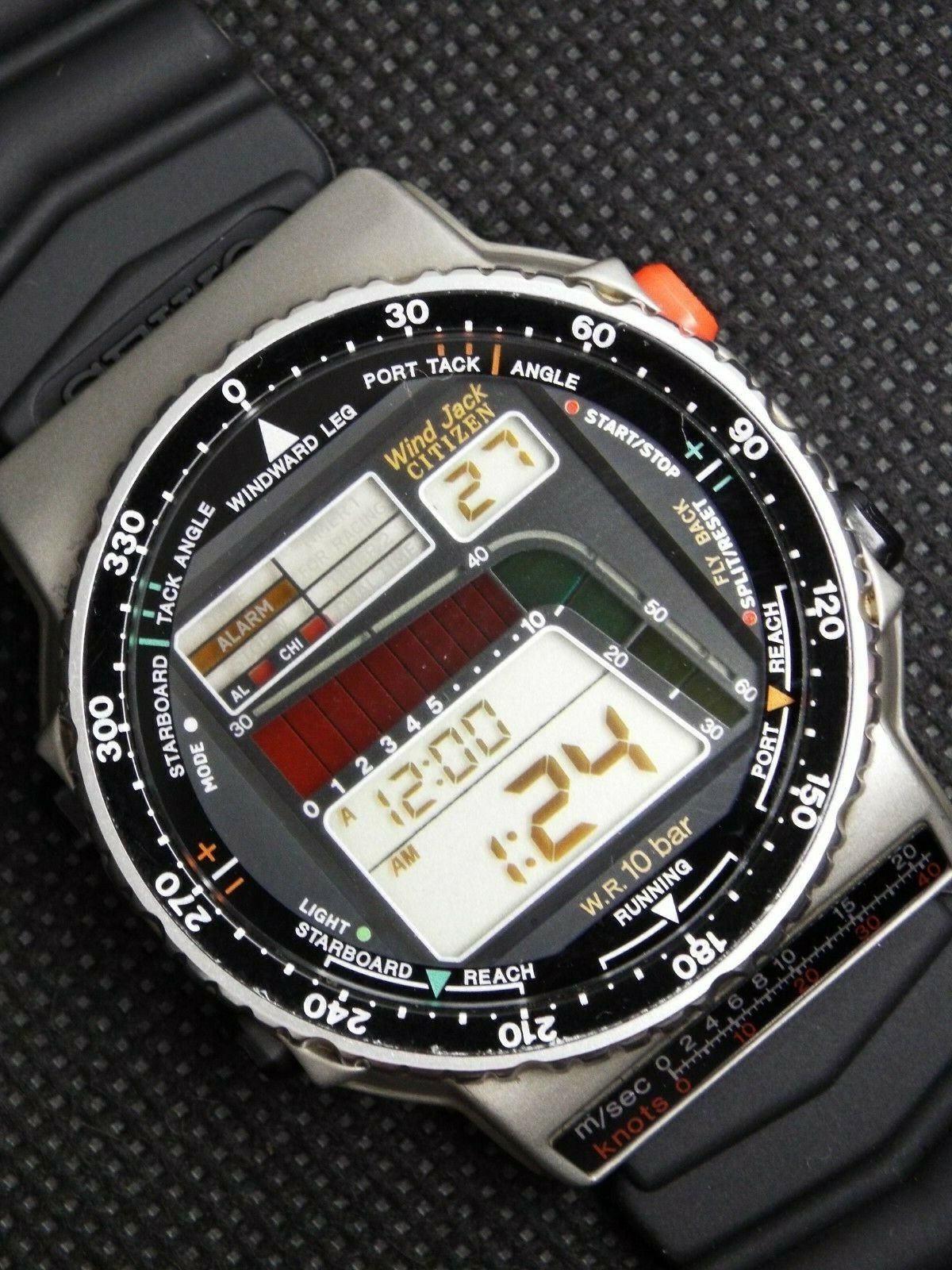
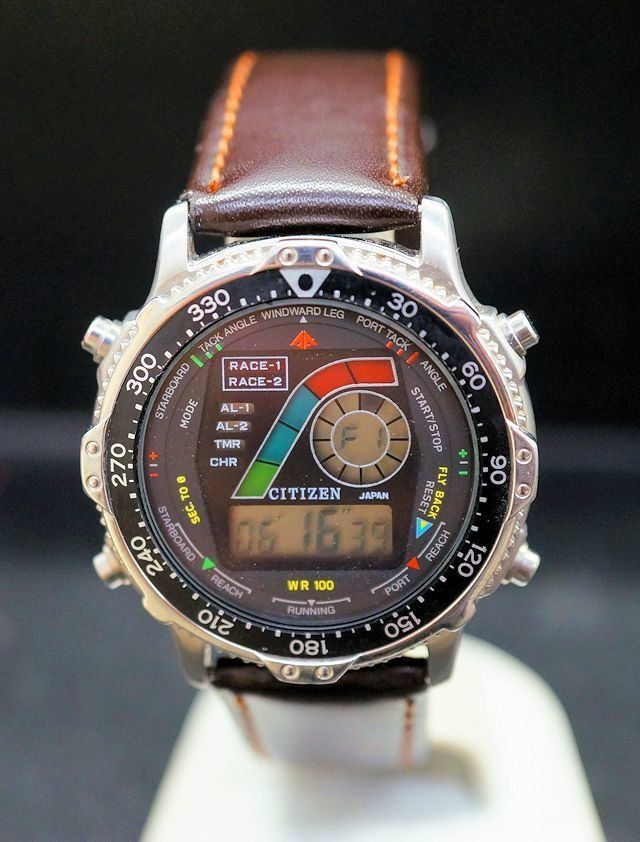
They would last us about a single six-month season on average. The crystals would get smashed, the LCD displays would take a big hit and go haywire, leaking blobs across where the digits were meant to be. Other times they would just stop working or salt water would eventually find its way in. The depth rating isn't really the most important factor in sailing, you're never going deep. But bent crowns, tubes and deformed cases cause seals to leak while salt water tends to make everything worse.
It wasn't that we were being intentionally careless, but when you're leaping across the boat and it gets smashed into a cleat, cam-cleat, ratchet-block, or side-stay, its just not strong enough to survive. Every piece of hardware attached to a boat is made to be strong, corrosion resistant and usually either steel or mounted with steel screws.
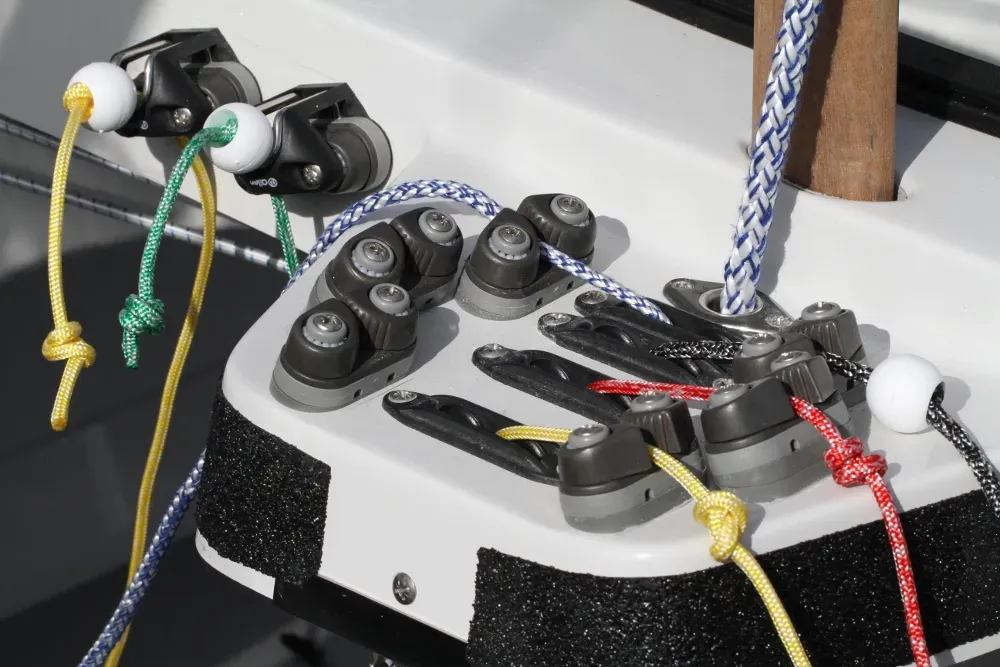
Over the years I used a string of those Citizen watches and a couple of Rip-Curl digitals until my brother gifted me an early 1990s TAG Heuer F1 Chronograph which turned out to be the most durable of all. It wasn't digital and didn't have an alarm, but the movement allowed you to reconfigure the chronograph to be a 3-minute countdown timer by setting the minute hand to start at 57 minutes. It was very light, thin, had a fiberglass bezel that acted like a bumper, protecting it, and survived miraculously well for several years.
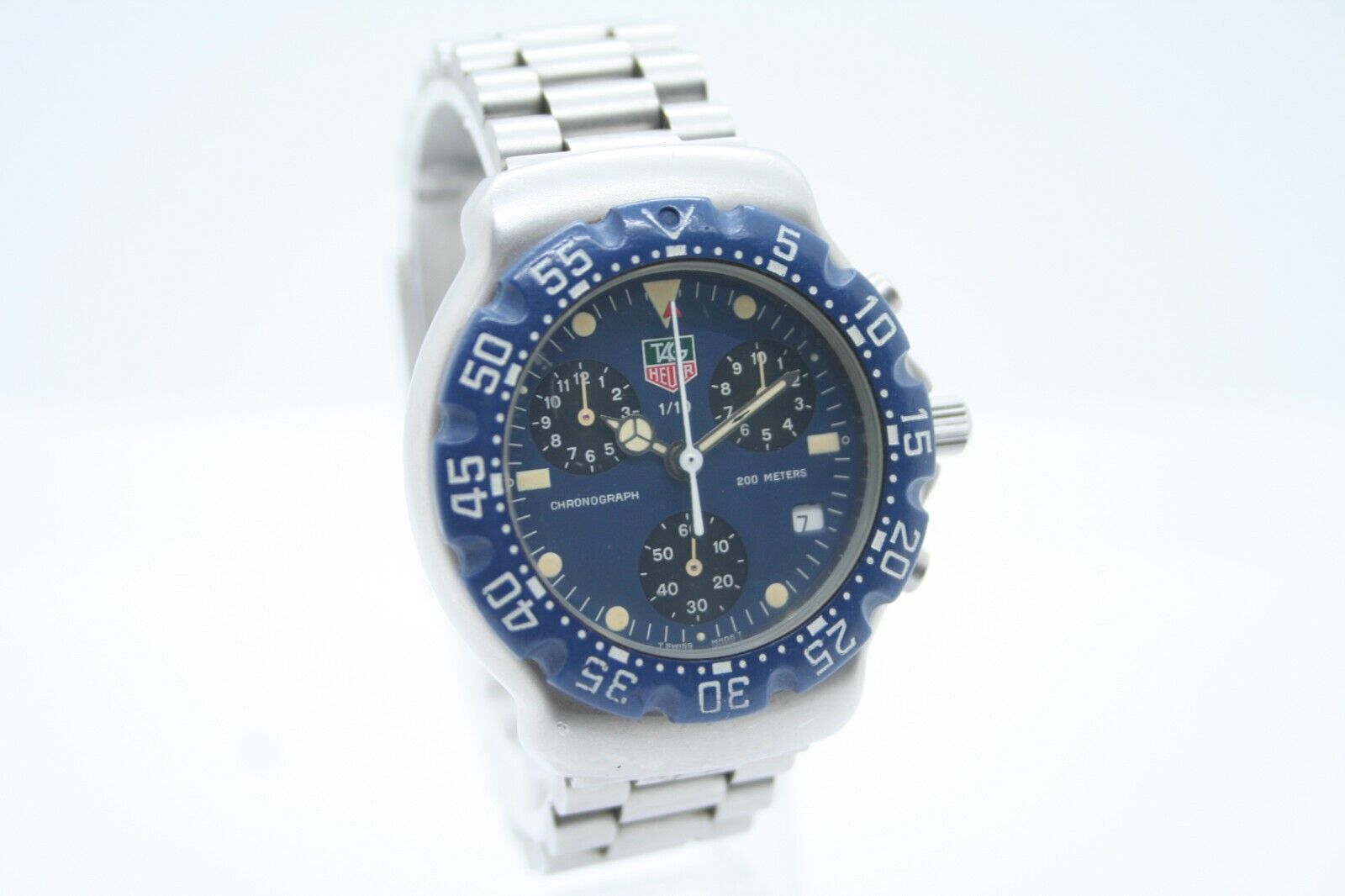
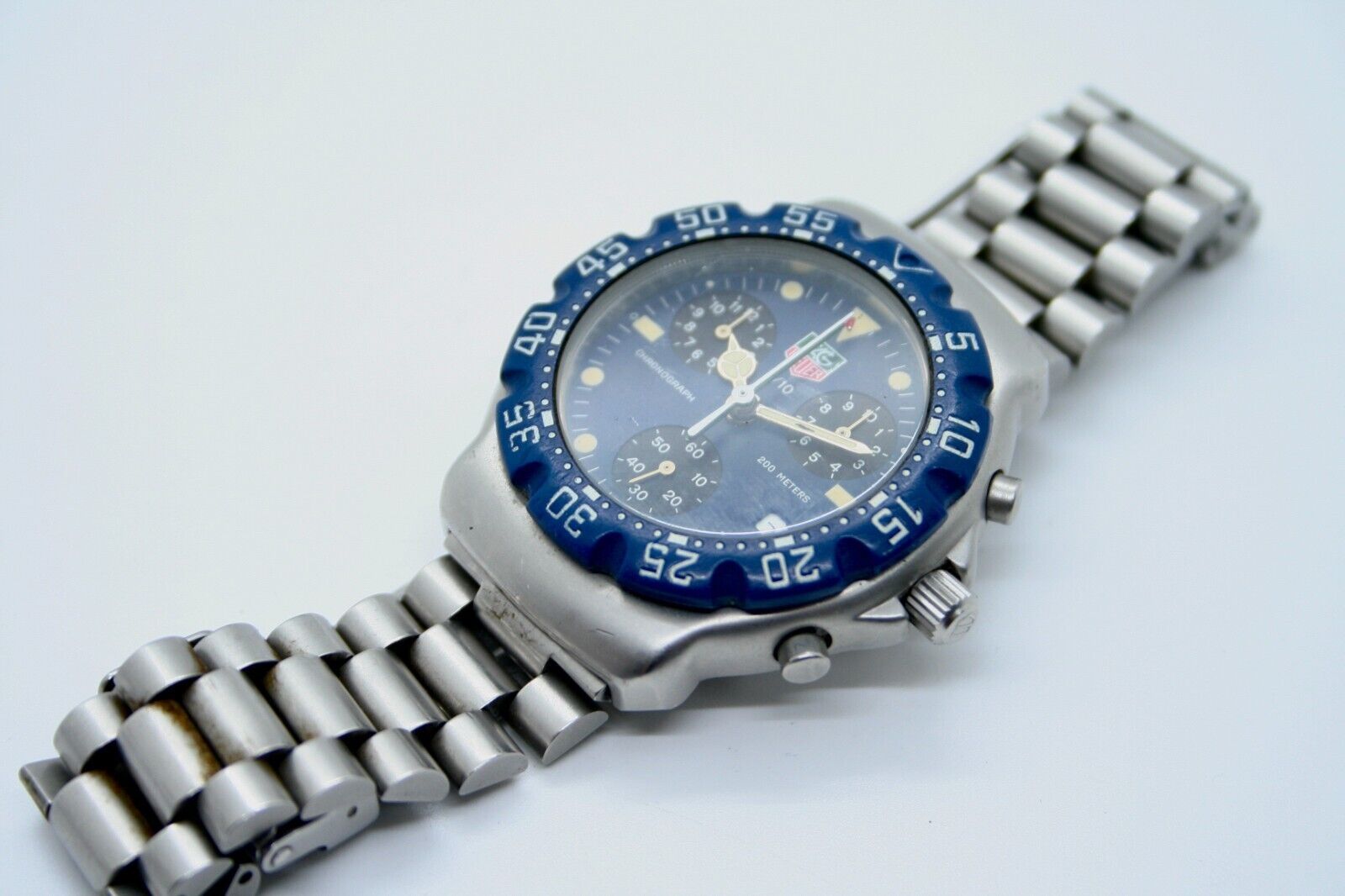
At the Elite Level
Elite sailing is serious, the forces are extreme the money is off the scale and the risks are enormous. Competitors in America's Cup or SailGP wear helmets with visors, knee pads, and elbow pads. Even with that equipment sailors get injured, disabled and killed, like British gold medallist Andrew Simpson who tragically lost his life in 2013 training for the America's cup when his helmet failed to save him.
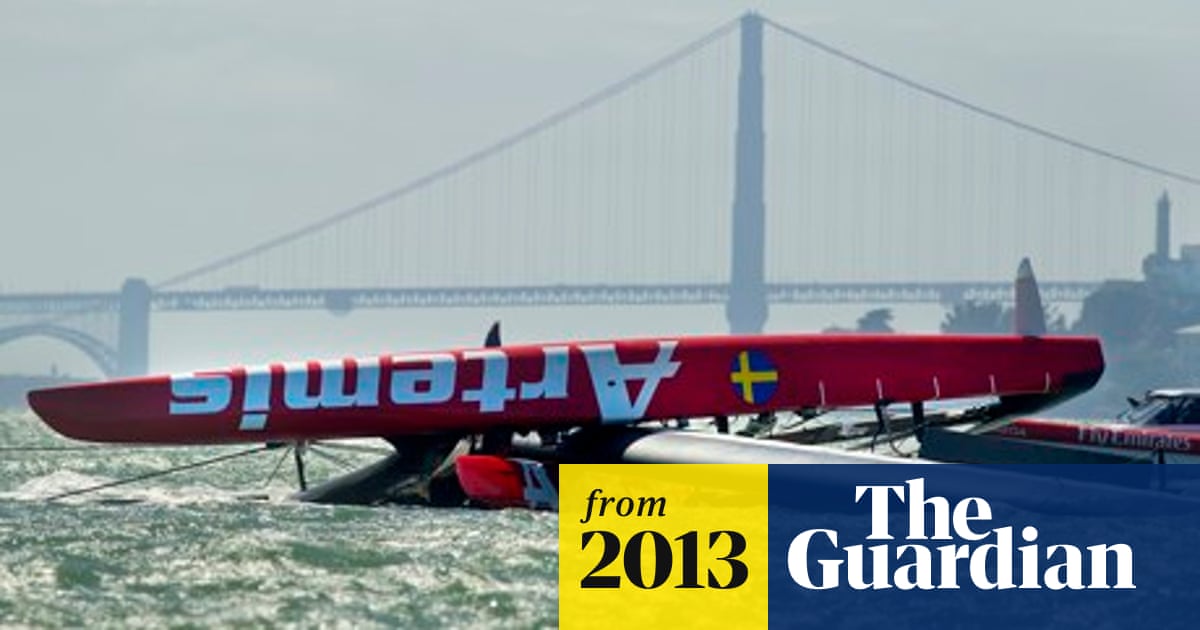
The speeds and forces are so high that expertly laid carbon fibre masts and control surfaces crack as a part of normal wear and tear. Rules have had to be changed just to make the boats less dangerous as engineers consistently exceed the expectations of the various classes much like in Formula 1. Even Red Bull designer Adrian Newey took time off F1 to try his hand at America's Cup boats.
Into this environment we see Rolex selling an 18K solid gold Yacht-Master II, with a mechanical countdown timer, and Bremont sells 18K gold 7750 based watches on leather straps. Omega has released many as well, some useful, some not so useful, most not really fit for use on the water.
The truth is that the vast majority of regatta and sailing watches are for spectators, old men, and people who sit on their boat wearing a captain's hat like Hugh Hefner while their crew run it for them. They stand out, are often made of precious metal, and are emblazoned with signal flags and other pageantry in order to draw attention, as a prop and conversation starter.
When people ask the wearer about the watch, the owner is then able to talk on end about his boat, how big it is, how awesome it is own and so on. By contrast, real sailors don't own their own boats, they race someone else's boat because they know how much damage bills cost and want no part of boat ownership. I don't either, as I remember how many boats I've destroyed as a junior.
What Sailors Actually Need
We know what doesn't work, with mechanical watches, precious metals, and anything fragile being at the top of that list for obvious reasons. But what do sailors really need on the water from their timepiece, and what should a "Regatta watch" be?
It Must be Digital
Digital is better, more accurate, more durable, and more programmable. You need to have your countdown sequence ready to go, with 1-minute reminders and 30-second reminders if possible. You need to see at a quick glance exactly how much time you have until start, legibly in all conditions. It needs to also work with polaroid sunglasses which some LCD displays on watches have trouble with.
When Omega was selling mechanical America's Cup watches in the early 2000's, they made a special watch just for the team to use. That watch was a modified X-33 with no hands, a digital only X-33, because that's the watch the team needed.
It Must be Loud
Sailing involves lots of noise, it's very windy, the sails themselves can be deafening, you're yelling at your crew, your teammates, other boats, and cussing people out. Your watch needs to be audible and loud. Many digital watches were not quite up to this, even the Citizen models I used often back in the day were a bit too quiet. This once again brings me back to the custom X-33 Omega gave to the America's Cup crew, that watch is nothing if not loud, which is brilliant.
It Must be Lightweight
This is a simple matter of physics; force equals mass times acceleration. If you have a 300-gram 18K gold brick on your wrist, when it hits a steel cleat, damage will result. The better watches tend to be light weight with polymer or titanium cases and rubber straps. This also is something the custom X-33 team watch had in its favor, a titanium case, combined with a light cloth strap is exactly what you want.
It Must be Tough
At the elite level you won't care as much, if you break a watch your sponsor gives you a free replacement but for the vast majority of competitive sailors, your gear needs to last. It needs to be strong, and to keep functioning even if dented up. It needs a recessed crystal made of sapphire or a domed crystal that deflects impacts well. It needs to be very water resistant, even with consistent exposure to salt water.
What makes the cut today?
In the Omega lineup, there are a lot of regatta themed watches, but few are really intended for sailing except for the current Speedmaster X-33 Regatta timer, reference 318.92.45.79.01.001. If you read through the manual and actually understand how Omega customised the functions of the X-33 for sailing use, you can tell that they had actual expert input from competitors. With everything you need on the water as well as handy features like a uniquely different alarm sound for each minute of the countdown sequence, they've thought out how to give sailors a real advantage and let them focus on their job.

It's great to see that this watch was finally released as the original America's Cup team version of the X-33 was only produced in 12 units and never offered to the public. This model, featuring no hands at all for greater clarity carried the reference 3229.50.06 and will likely fetch a great deal if ever offered at auction.
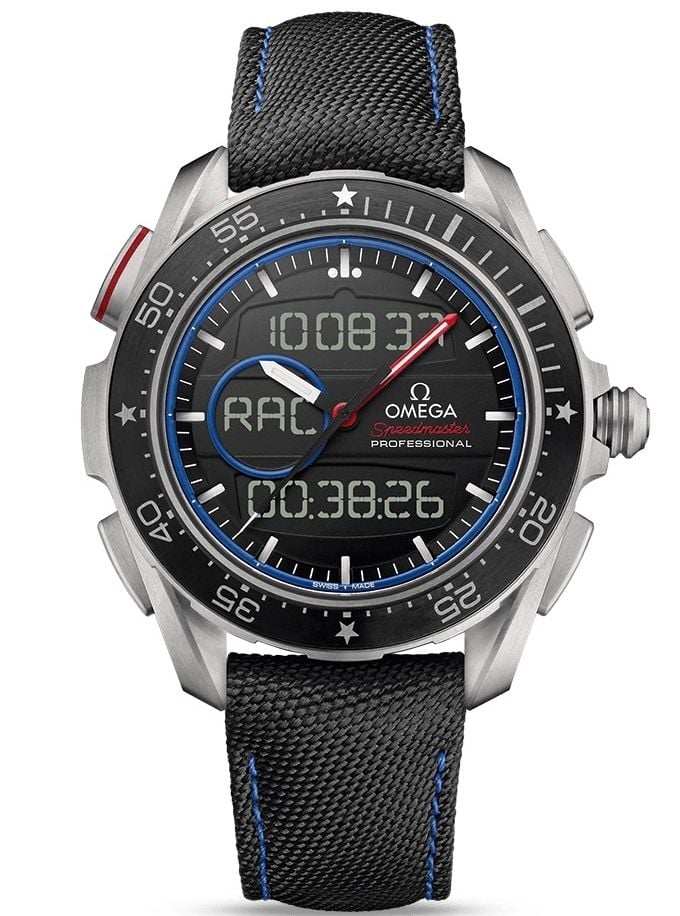
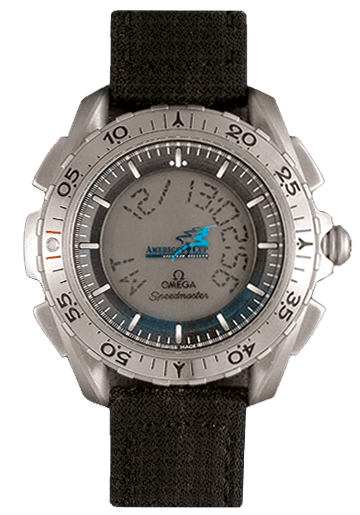
Outside of Omega, there are cheap options by Garmin and Ronstan that definitely get the legibility right along with most of the requirements but also may run into durability issues with their cheap build and large flat LCDs. Citizen still makes great sailing watches, and Casio have some good options too. The most interesting newcomer is the Apple Watch Ultra, and if a decent sailing app is released it could become a very competitive product especially against the Japanese brands.
For me though, I love watches even more than I love sailing and there is something deeply special about wearing a quality Swiss watch rather than a disposable instrument. Omega got it right, in a way that no other watch brand had when they designed the X-33 team watch two decades ago, and although it took a long time for it to finally reach the public, I'm very glad the X-33 Regatta exists, to demonstrate what a real sailing watch should be.
Discussion thread on Omegaforums can be found here:
